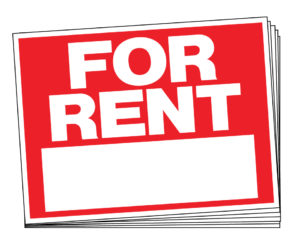What Does ARPA Mean for Multifamily Investors and Montana Landlords?
Who Qualifies and How to Connect Tenants with Rental Assistance
- qualify for unemployment
- have a reduction in household income
- have significant costs/experienced financial hardship due to COVID-19
- show a risk of experiencing homelessness or housing instability
- has a household income at or below 80 percent of the area median
What Else Should Multifamily Investors Know?
-
Recent stimulus monies distributed by the federal government.
-
A 6 month extension on unemployment benefits plus.
-
An extra $300 per week for those receiving unemployment benefits.
-
Additional PPP aid of $7.25 Billion.
 What’s more, Judge Calabrese said, “Without question, effective pandemic response depends on the judgment of reliable science—not political science. But that obvious truism does not empower agencies or their officials to exceed the mandate Congress gives them.” Other courts have ruled against the CDC eviction moratorium.
What’s more, Judge Calabrese said, “Without question, effective pandemic response depends on the judgment of reliable science—not political science. But that obvious truism does not empower agencies or their officials to exceed the mandate Congress gives them.” Other courts have ruled against the CDC eviction moratorium. “Renters can receive a monthly maximum of $2,200 for past due and future rent payments, up to $300 for past due and future utilities including gas and electric, and $50 per month for internet.
Households can access assistance dating back to April 1, 2020. Renters will not be required to provide a co-pay, and landlords are able to apply on behalf of their renters. Payments will be made directly to landlords and utility providers.”
Application info for this program can be found here.
Takeaway
As a result, there are two realities ahead. First, that the eviction moratorium will most likely expire in the near future. But secondly, lots of housing assistance included in ARPA can support renters who are still stretched thin by the pandemic.
“I’m always keeping current on how President Biden’s plan will impact our clients and tenants,” said Morina. “But it is a dynamic situation. I’d encourage folks will questions to call me for the latest information.”



